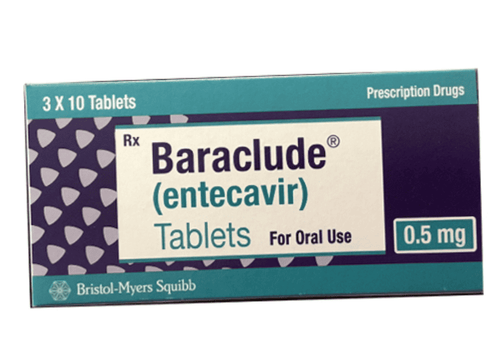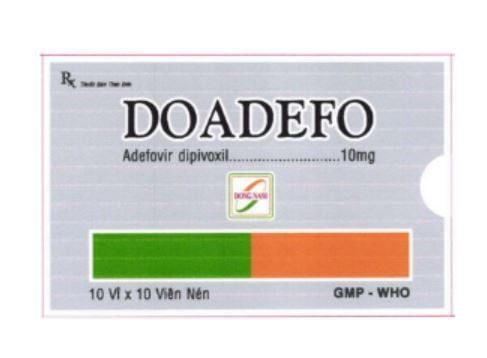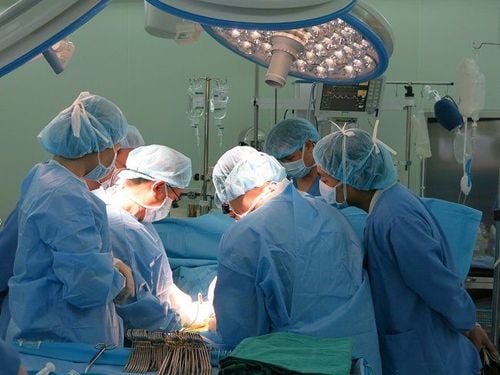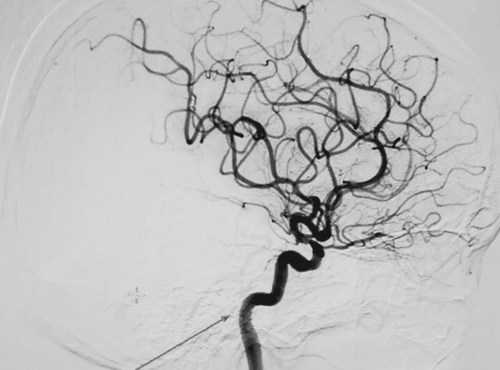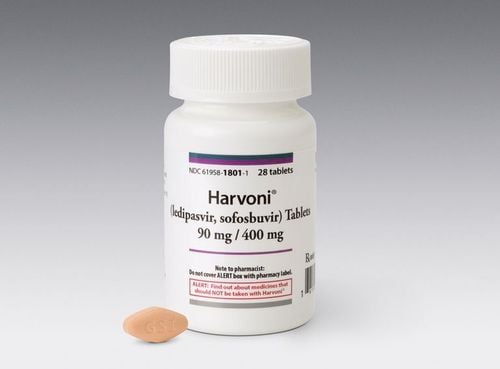This is an automatically translated article.
Liver cancer has a low survival rate compared to some other cancers. However, it is possible to reduce the risk of the disease and improve the chances of survival by detecting and treating cancer early.
1.Protocol SBRT radiotherapy for liver cancer Scientific name: Protocol for SBRT radiotherapy for liver cancer Common name: Whole-body localized radiosurgery Preliminary technical description Whole-body localized radiosurgery is a single-dose method. The right radiation is accurate to the millimeter, killing the tumor without affecting nearby organs.
2.What disease is this technique used for? Liver cancer 3.Indications and contraindications Indications:
Non-invasive liver metastasis of lymphoma. Number of metastatic nodules < 5, largest size < 8 cm, contraindication to surgery, age 18-70, PS 0-1, ANC > 1800, PLT > 100G/l, Hgb > 80g/l Contraindications:
Liver tumor near the stomach - intestine (<2cm). Have a severe blood clotting disorder. Gastrointestinal bleeding. Uncontrollable ascites. Pregnant. There is a combined severe illness.
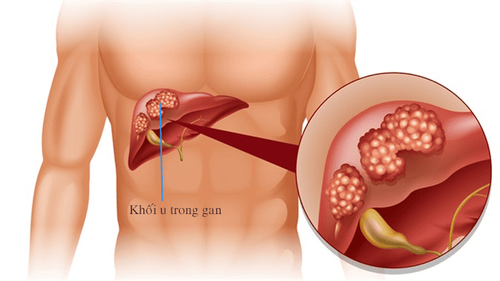
Xạ phẫu định vị toàn thân dùng để điều trị ung thư gan
4.Advantages and disadvantages of the technique Advantages:
Replace surgery, replace embolization if the patient does not agree to surgical intervention, stimulate increased response to immunotherapy. High-precision radiotherapy technique, delivering the right radiation dose in a short time to the tumor and avoiding the maximum dose to the healthy and surrounding tissue No pain, no bleeding, no discomfort. Instead of each course of traditional treatment, which takes up to several weeks, localized radiosurgery only takes 2 to 5 minutes each time, patients do not have to be hospitalized, so they completely "remove" the pressure of treating cancer. 5. Procedure Step 1: Check the records, assess the level and condition of the disease Step 2: Train the patient to cooperate, practice breathing according to the rhythm. Step 3: Slice scan, plan radiotherapy Step 4: Check plan Step 5: Treat patient 6. Normal appearance after technique Skin changes, including red words (like burning) sun) for blistering and peeling in which radiation enters the body. Fatigue Low blood count Hair loss 7.When are the following symptoms abnormal and need immediate re-examination? Immediately notify the treating doctor whenever there are symptoms of vomiting, nausea, abdominal pain, bowel disorders after the end of radiation therapy.
8.What kind of machines/equipment are needed to perform this technique Clinac IX Radiation Therapy System 9.Things to keep in mind when performing this technique After the end of radiation therapy 1 month follow-up visit. After that, regular check-ups every 3 months for the first 2 years, every 6 months in years 3-5. After 5 years of annual check-up. A healthy diet will help your body fight disease and deal with the effects of cancer, so try to eat well during treatment.
Please dial HOTLINE for more information or register for an appointment HERE. Download MyVinmec app to make appointments faster and to manage your bookings easily.




